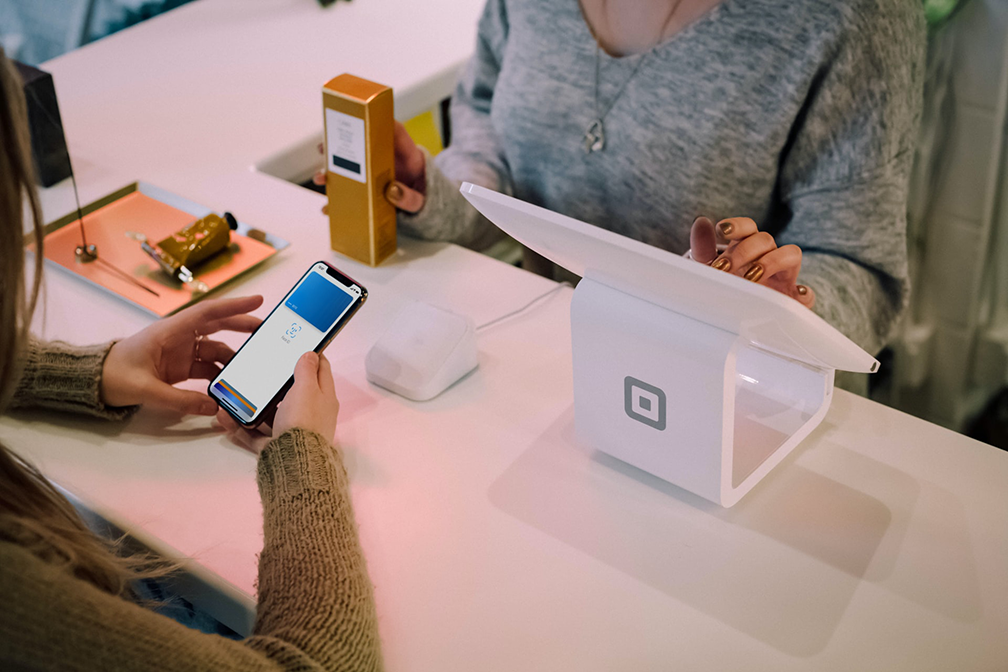
Mobile Payments
After the introduction of credit and debit cards a few decades ago, transactions today have become increasingly cashless. Now, there is a new cashless payment method called mobile payments. Some of the most popular mobile payment methods are Apple Pay, Google Pay, and Samsung Pay, as they can all be carried digitally in their respective smartphones. Many businesses have already set up their POS systems to accept mobile payments to keep up with today’s trend of cashless payments.
What are the benefits of accepting mobile payments?
More customers might visit your business.
Increasing the amount of accepted payment methods could mean more customers, especially since mobile payments continue to be one of the most commonly-used forms of payment today.
Quick and easy.
Mobile payments tend to be quicker than other payment methods. Some require a simple double-click on their smartphones and to be within range of the POS to pay. Customers also don’t have to carry around an additional wallet or credit card on top of their smartphones, so this payment method might encourage repeat patronage with its easy usage.
Digitalized financial data becomes available to you.
Working with reputable mobile payment providers can offer business owners a more organized and reliable payment processing solution. All payment-related information is tracked, organized, and digitalized whenever the mobile payment service is used. Some of this financial information can be viewed later for financial purposes, and it can also be examined more easily in its digital format to help make financial decisions.
A more secure form of payment processing.
Working with a reputable mobile payment vendor can offer business owners a more secure form of payment processing, as mobile payments use advanced encryption technology to allow safe communication between the POS and the mobile payment device.
Lower payment processing costs.
Payment processing costs are typically lower for payment systems that accept mobile payments, so business owners with a strict budget might want to consider using a mobile payment system to save money.
What are the disadvantages of accepting mobile payments?
Potential for privacy exploits.
If you are working with an untrustworthy mobile payment provider, then the risk of having confidential data stolen (from either you and/or your customers) is a real threat. Make sure to do your research and go with a well-vetted and reputable vendor who uses advanced authentication and data encryption methods to accept mobile payments.
Customer demographics may not often utilize mobile payments.
Some customers simply prefer using the traditional credit or debit card to pay for their transactions. One way to combat this is to have a POS that accepts both card and mobile payments.
Fees associated with maintaining a POS system that also accepts mobile payments.
Although these fees are still typically less than other payment processing systems, fees included in setting up a POS that accepts mobile payment include: a setup fee, a percentage of the customer’s purchase, a flat fee per purchase, and a flat monthly fee.
What do I need to know if I already have a mobile payment system set up?
For merchants who already accept mobile payments on their POS systems, remember to keep the POS software up to date to protect against potential software exploits. POS systems can be hacked just like PCs can, as they are basically specialized computers. Also ensure that POS systems are clean, well-maintained, and as physically undamaged as possible. This is to ensure the best communication possible between the POS and the mobile payment device. Contact the appropriate vendor for issues pertaining to hardware (the physical POS system itself) or software (the payment-accepting program on the POS) issues ASAP.
